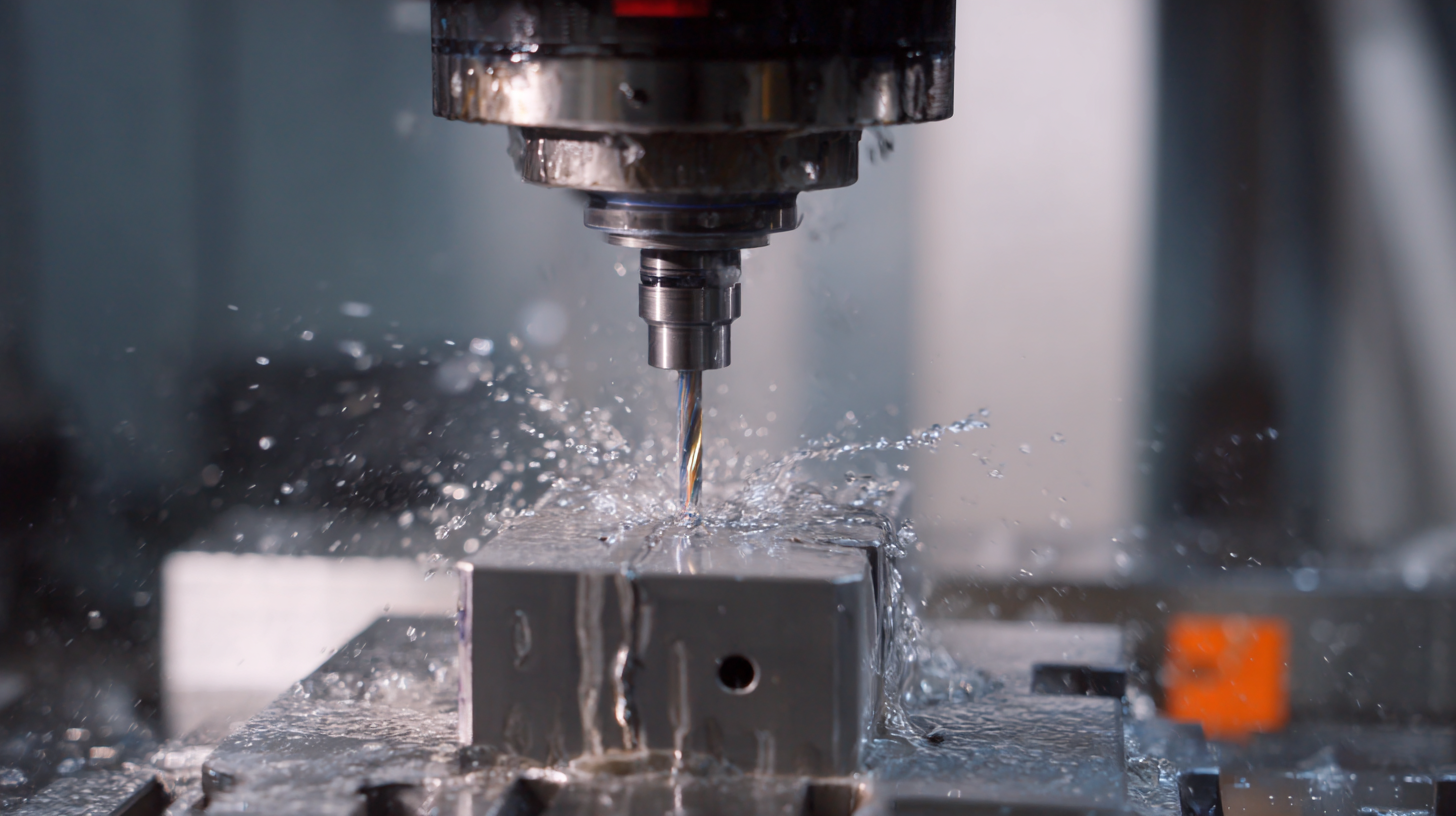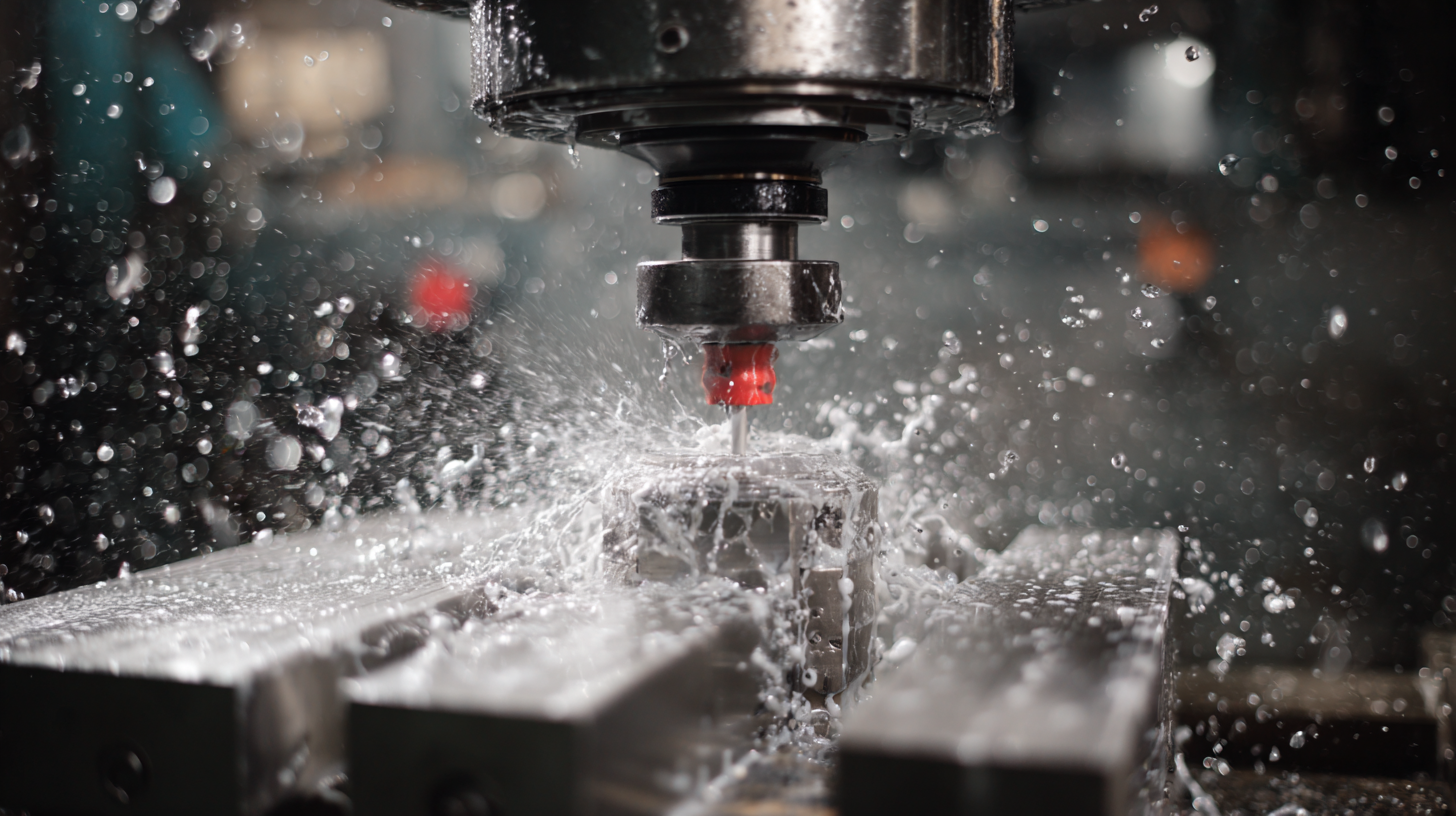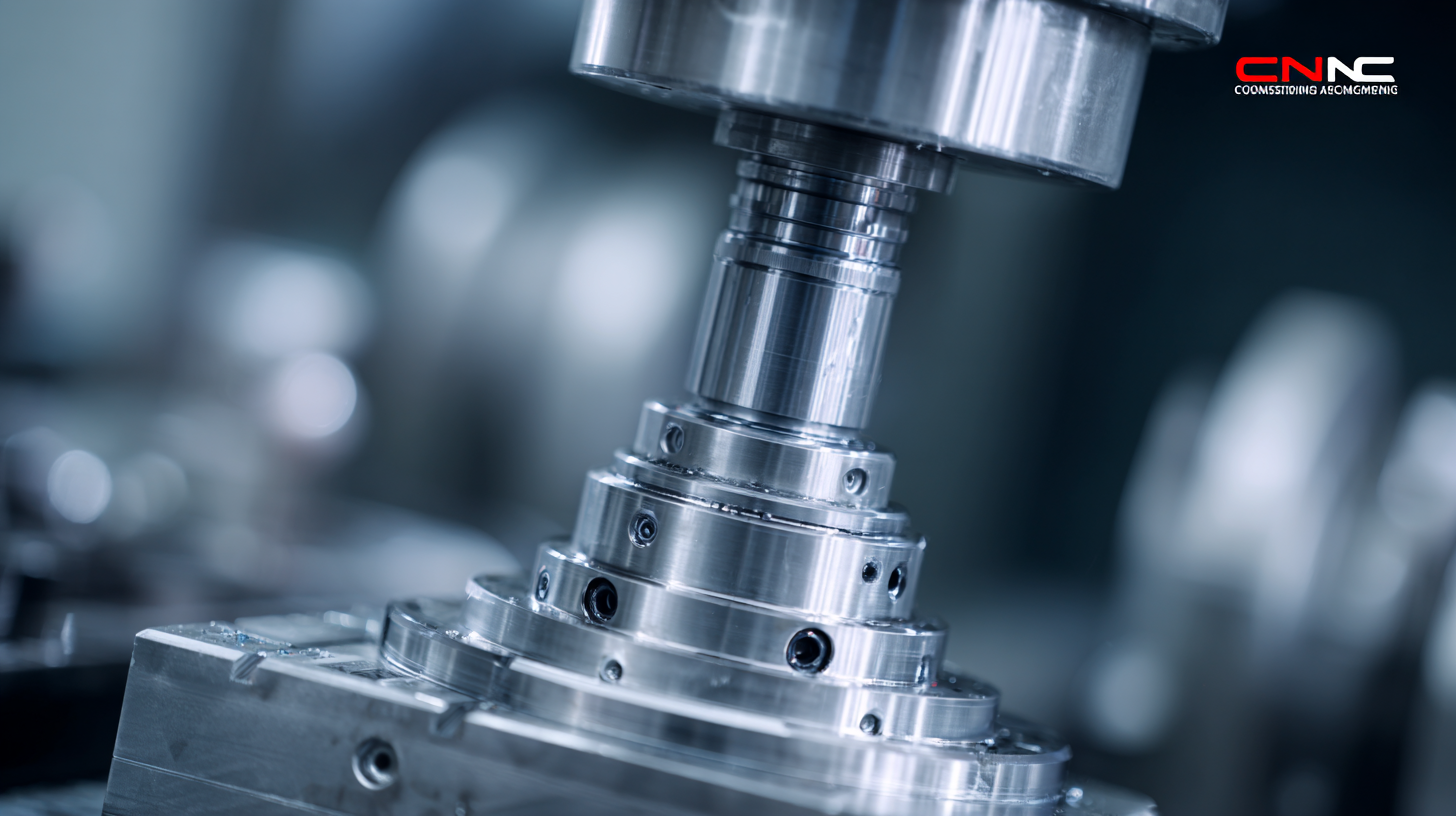In today's fast-paced manufacturing landscape, CNC machining has emerged as a pivotal technology that not only enhances product precision but also significantly boosts global supply chain efficiency. As industries around the world aim to streamline their operations and reduce lead times, understanding the most effective CNC machining examples becomes essential.
This blog post will provide a comprehensive checklist that explores various CNC machining techniques and applications, showcasing how they can optimize production processes and foster seamless supply chains.

By delving into real-world examples, we aim to highlight the transformative impact of CNC machining on manufacturing practices, offering valuable insights for businesses looking to innovate and stay competitive in the global market.
 CNC machining has emerged as a pivotal technology in optimizing global supply chains. By leveraging computer-controlled processes, manufacturers can produce highly precise components with minimal human intervention. This precision not only enhances product quality but also reduces lead times, enabling companies to respond quickly to market demands. As businesses increasingly operate in a fast-paced environment, the ability to adapt and scale production efficiently is crucial, and CNC machining provides a reliable solution.
CNC machining has emerged as a pivotal technology in optimizing global supply chains. By leveraging computer-controlled processes, manufacturers can produce highly precise components with minimal human intervention. This precision not only enhances product quality but also reduces lead times, enabling companies to respond quickly to market demands. As businesses increasingly operate in a fast-paced environment, the ability to adapt and scale production efficiently is crucial, and CNC machining provides a reliable solution.
Moreover, CNC machining contributes significantly to cost efficiency. Traditional manufacturing methods often involve more labor and material waste, whereas CNC machines streamline operations by maximizing material utilization and minimizing errors. The reduction in waste translates to lower costs, allowing companies to allocate resources more effectively. Additionally, the capability to run CNC machines continuously increases production rates, further improving the overall efficiency of supply chains on a global scale. As industries continue to evolve, the role of CNC machining in bolstering supply chain resilience and flexibility becomes increasingly important.
In the rapidly evolving landscape of manufacturing, CNC machining is at the forefront of enhancing efficiency through innovative techniques. Advanced automation in CNC machines has revolutionized productivity levels, enabling manufacturers to achieve unparalleled precision and consistency. By integrating AI-driven technologies, operators can optimize machining processes, reduce cycle times, and minimize waste. This synergy between automation and CNC machining is crucial for meeting the increasing demands of a global supply chain.
Moreover, the incorporation of machine learning (ML) and explainable artificial intelligence (XAI) in CNC machining is paving the way for next-generation manufacturing methodologies. These technologies not only facilitate real-time monitoring and data acquisition but also empower manufacturers to model and predict energy consumption more accurately. By creating multi-dimension coupling models for energy efficiency, companies can significantly enhance sustainability while streamlining operations. As industries push for smarter manufacturing solutions, CNC machining techniques continue to evolve, reflecting a commitment to efficiency and advanced production capabilities.
 The importance of import and export certifications in CNC machining operations cannot be overstated, especially in the context of enhancing global supply chain efficiency. According to recent reports from industry analysts, compliance with trade regulations and obtaining necessary certifications can significantly streamline manufacturing processes. For instance, a study found that 75% of companies that achieved required certifications reported improved operational efficiency, leading to reduced lead times and enhanced competitiveness in the market.
The importance of import and export certifications in CNC machining operations cannot be overstated, especially in the context of enhancing global supply chain efficiency. According to recent reports from industry analysts, compliance with trade regulations and obtaining necessary certifications can significantly streamline manufacturing processes. For instance, a study found that 75% of companies that achieved required certifications reported improved operational efficiency, leading to reduced lead times and enhanced competitiveness in the market.
Moreover, these certifications play a crucial role in maintaining quality standards in CNC machining. A report by the International Organization for Standardization indicates that organizations with ISO 9001 certification tend to exhibit a 20-30% increase in customer satisfaction due to consistent product quality. This not only strengthens their supply chain but also builds trust among international partners, facilitating smoother import and export operations. Enhanced robustness in compliance is essential, especially in light of geopolitical factors affecting trade; the recent public hearing on trade policies highlights the need for companies to stay informed and proactive regarding industry regulations that may impact their operations.
Incorporating rigorous certification processes is thus not merely a matter of regulatory compliance but a strategic investment that can pay dividends in efficiency and market reach. As the CNC machining community continues to adapt to a dynamic global landscape, the emphasis on import and export certifications will likely become even more pronounced, dictating the competitive edge in supply chain management.
CNC machining has emerged as a pivotal player in enhancing global supply chain efficiency, particularly through its real-world applications in international trade. A prime example can be seen in the automotive industry, where precision-engineered components are crucial for maintaining the integrity and performance of vehicles. A leading automotive manufacturer implemented CNC machining for producing intricate parts, significantly reducing lead times and ensuring consistent quality. This strategic move not only streamlined their production process but also minimized delays in the distribution of vehicles across various markets, ultimately boosting customer satisfaction.
Another compelling case study involves the aerospace sector, where companies harness CNC machining for the fabrication of complex aircraft components. One notable aerospace firm adopted advanced CNC technologies to manufacture lightweight yet durable parts. By optimizing their supply chain to include local CNC machining services, they achieved remarkable reductions in transportation costs and increased flexibility in responding to market demands. This shift has enabled faster adaptability to changes in global orders, reinforcing the firm’s position as a competitive leader in the aerospace market. These examples underscore the transformative impact of CNC machining in facilitating efficient international trade and responsive supply chain management.
| Case Study | Industry | CNC Technique | Outcome | Supply Chain Benefit |
|---|---|---|---|---|
| Precision Aerospace Components | Aerospace | 5-Axis CNC Machining | Improved part accuracy by 30% | Reduced material waste and lead time |
| Medical Device Manufacturing | Healthcare | CNC Turning and Milling | Enhanced production efficiency by 40% | Faster market delivery of critical devices |
| Automotive Component Production | Automotive | CNC Milling | Reduced cycle time by 20% | Increased production capacity to meet demand |
| Consumer Electronics Parts | Electronics | CNC Laser Cutting | Achieved tight tolerances with high precision | Minimized production errors and costs |
| Industrial Machinery Parts | Manufacturing | CNC Waterjet Cutting | Lowered energy consumption by 15% | Enhanced sustainability in production |
The future of CNC machining is poised to significantly transform supply chain management through advanced technologies and innovative practices. As industries increasingly integrate automation, precision machining, and real-time data analytics, companies can expect enhanced efficiency and reduced lead times. These advancements not only optimize production schedules but also improve product quality, which is critical in today's competitive landscape.
To harness the potential of CNC machining, companies should focus on integrating smart technology into their operations. Utilizing IoT devices can provide real-time monitoring and predictive maintenance for CNC machines, minimizing downtime and ensuring smoother workflows.
Another crucial aspect is fostering collaboration between manufacturers and suppliers. By sharing data and insights across the supply chain, businesses can better anticipate demand fluctuations and adjust their production accordingly. This level of agility enables companies to stay ahead of market trends and respond promptly to customer needs, ultimately driving growth and efficiency in the global supply chain. Continuously adapting to these CNC machining trends will be essential for future success in supply chain management.
